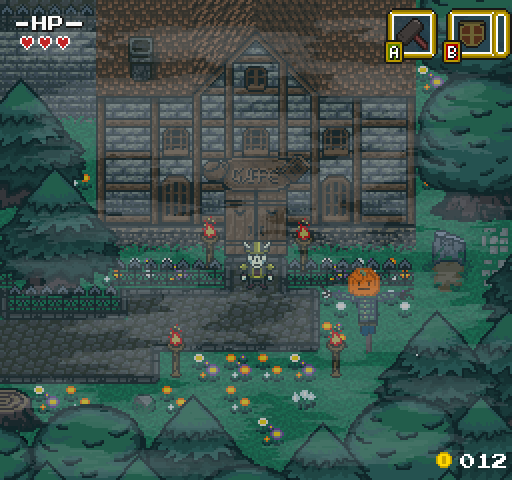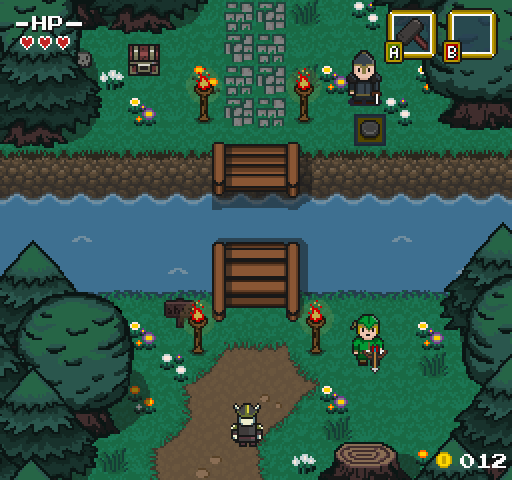Re:creation

This is my old blog and newer can be found here:
https://edw.is/
Here are some things I’ve written and which will be here as an archive.
Dev log
- Week #0: Preparation
- Week #1: Things are getting bigger
- Week #2 and #3. AI stuff and vacation
- Week #4. New graphics, doors, chests and screen transitions
- Week #5. Improved level format and saving system
- Week #6. Art, gold, dialogues, localization issues and mini-quests
- September 2014. Drawing art, being solo dev and fixing bugs
- October 2014. Halloween, ghosts and scripts!
- November 2014. Core game mechanic explained!
- December 2014 – February 2015. Bigger levels, boss and heavy attack
- March 2015. Graphics improvements, entity inheritance, improved state machines and more!
- April-May 2015. Recreation mechanic, archers, event system and more!
- June – October 2015. I’ve made lots of stuff.
- 2015 Summary. The most productive year ever!
- January-February 2016. Better art, sounds, cutscenes and more!
- March-June 2016. Game stuff and Lua/C++ binding changes
Follow me on twitter! @EliasDaler
E-mail: eliasdaler@protonmail.com. Feel free to write and ask questions.
If you like the stuff I do, check this out:
Donations and ways you can help
I also write articles about Lua and C++.
Using Lua in Practice.
- Part 1. Intro to ECS and basic principles
- Part 2. Implementing the basics
- Part 3. Controlling entities in Lua by calling C++ functions.
- Getting data from scripts and why globals are evil
- Iterating over Lua tables
Using Lua with LuaBridge
Using Lua with C++ (writing your own binding with Lua C API).
- Part 1. Why Lua is great and why you should use it. Writing simple wrapper/binding and using Lua for configuration files
- Part 2. Getting arrays and calling Lua functions from C++
- Part 2.5. Template getArray function and other modifications
- Part 3. Calling C++ functions and creating C++ objects
Other tutorials and articles
- Creating awesome GUI for your game dev tools with ImGui and SFML. (Part 1, setting up)
- Z-order in top-down 2d games
- Cave Story: the most important indie game
Some sprites on this blog are from Legend of Zelda: A Link to the Past by Nintendo.














